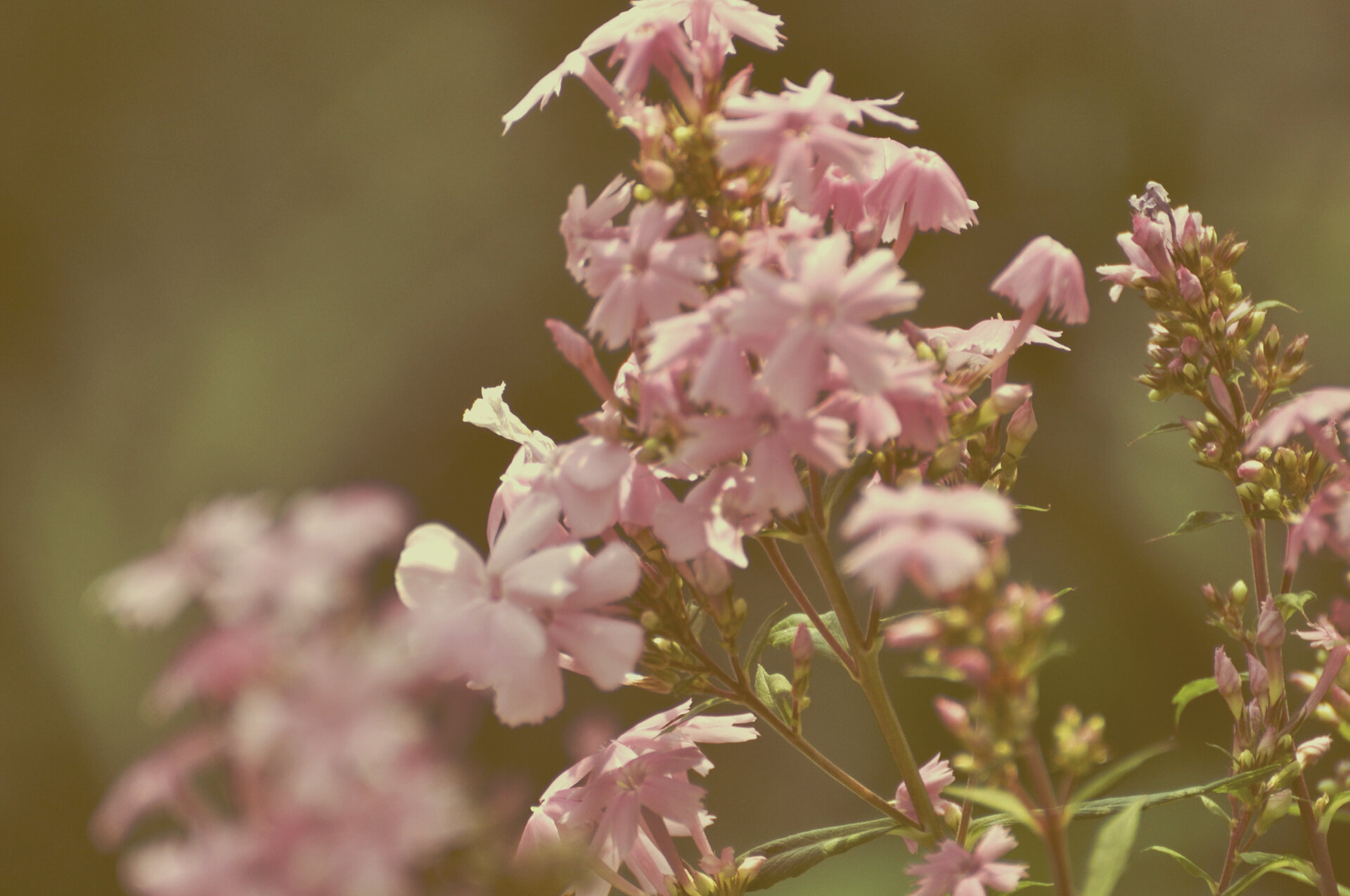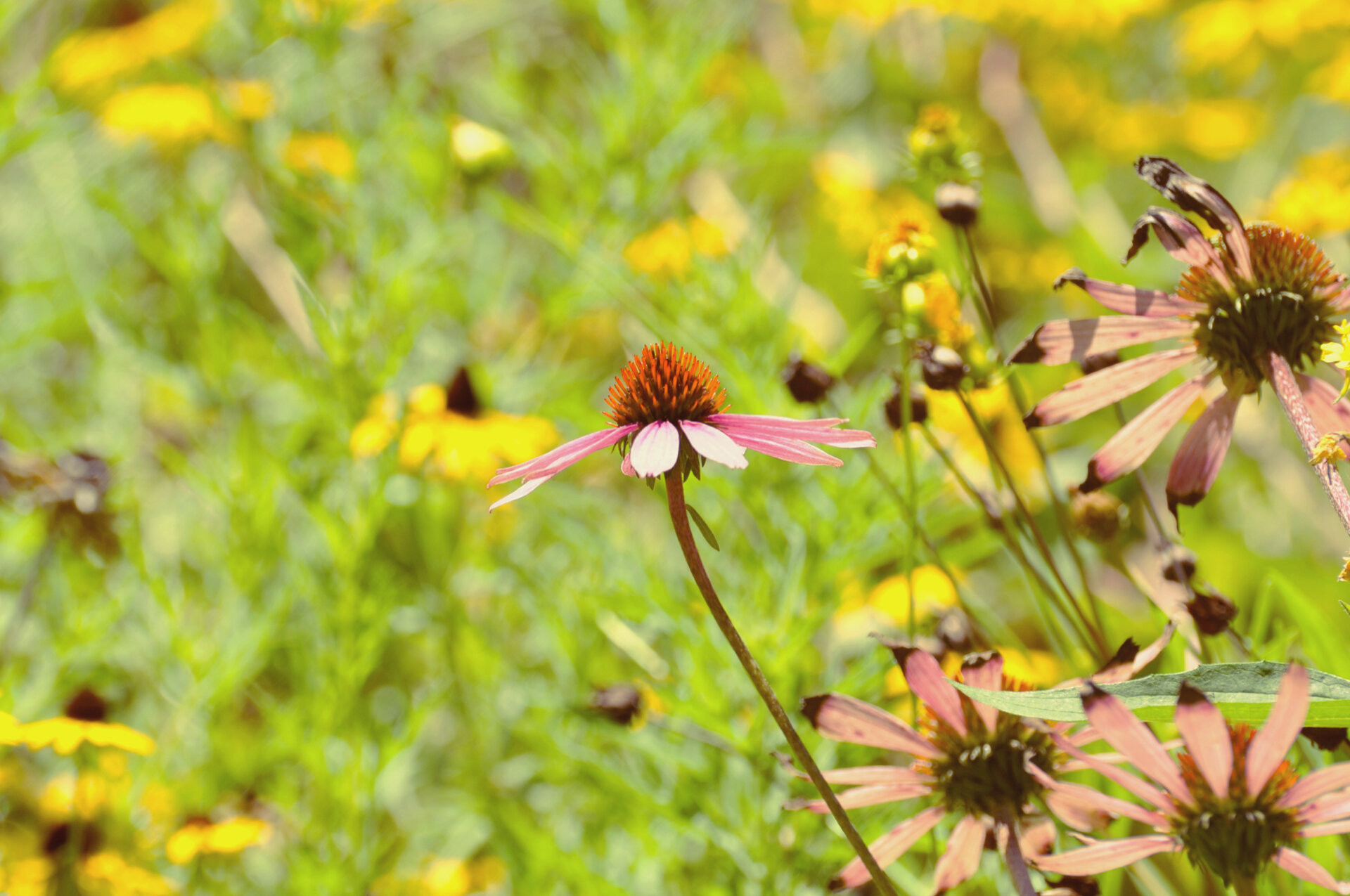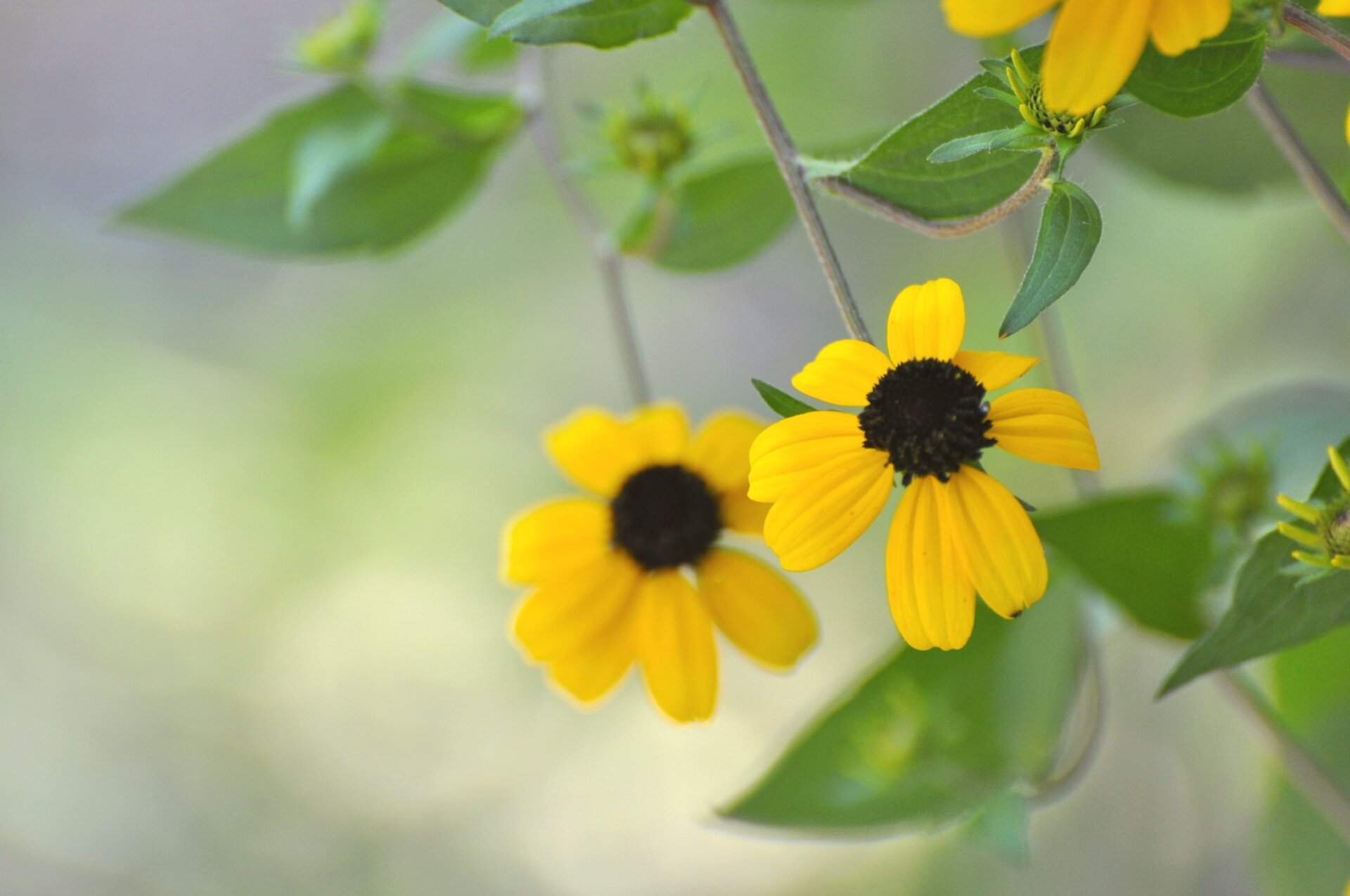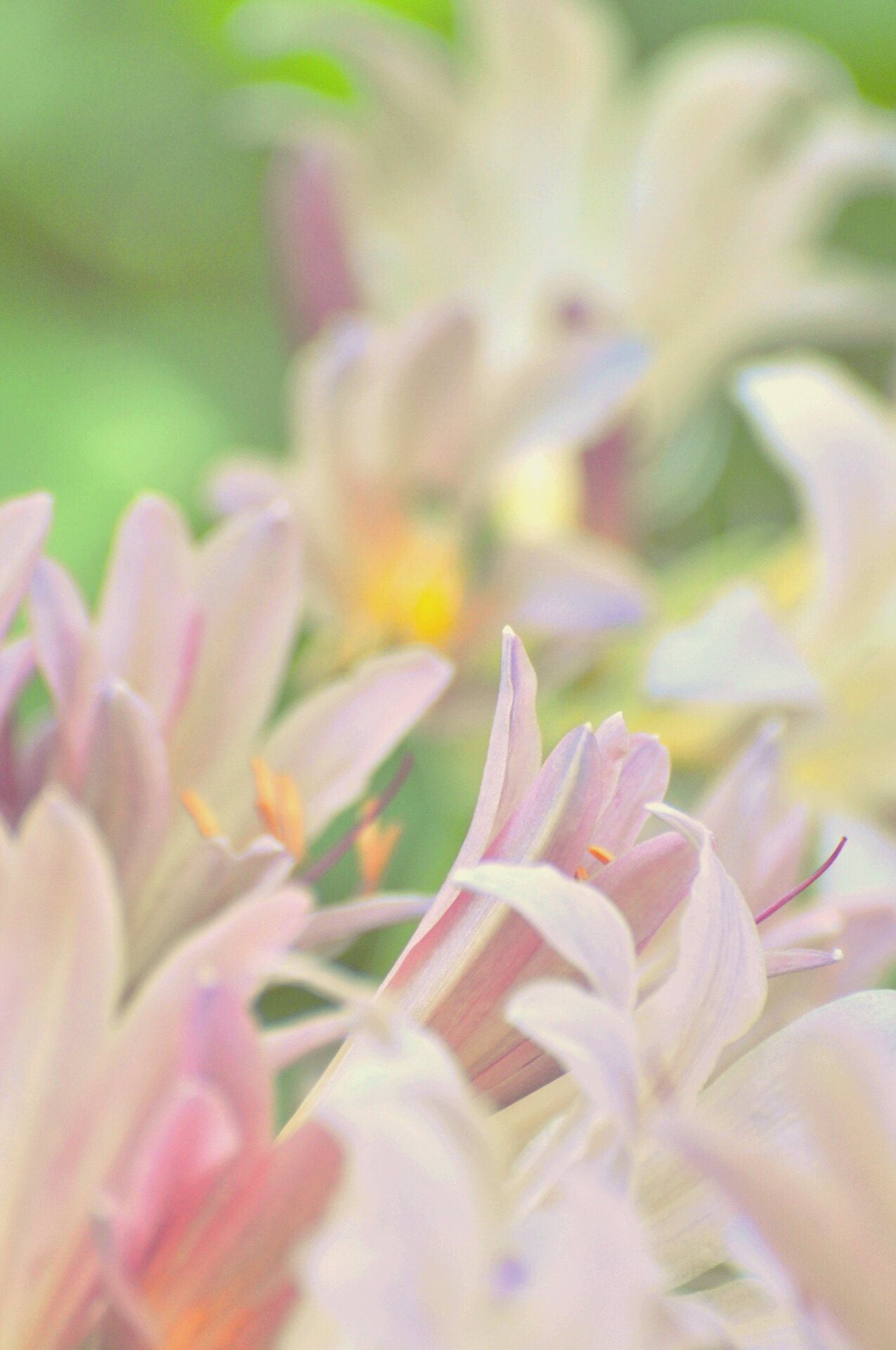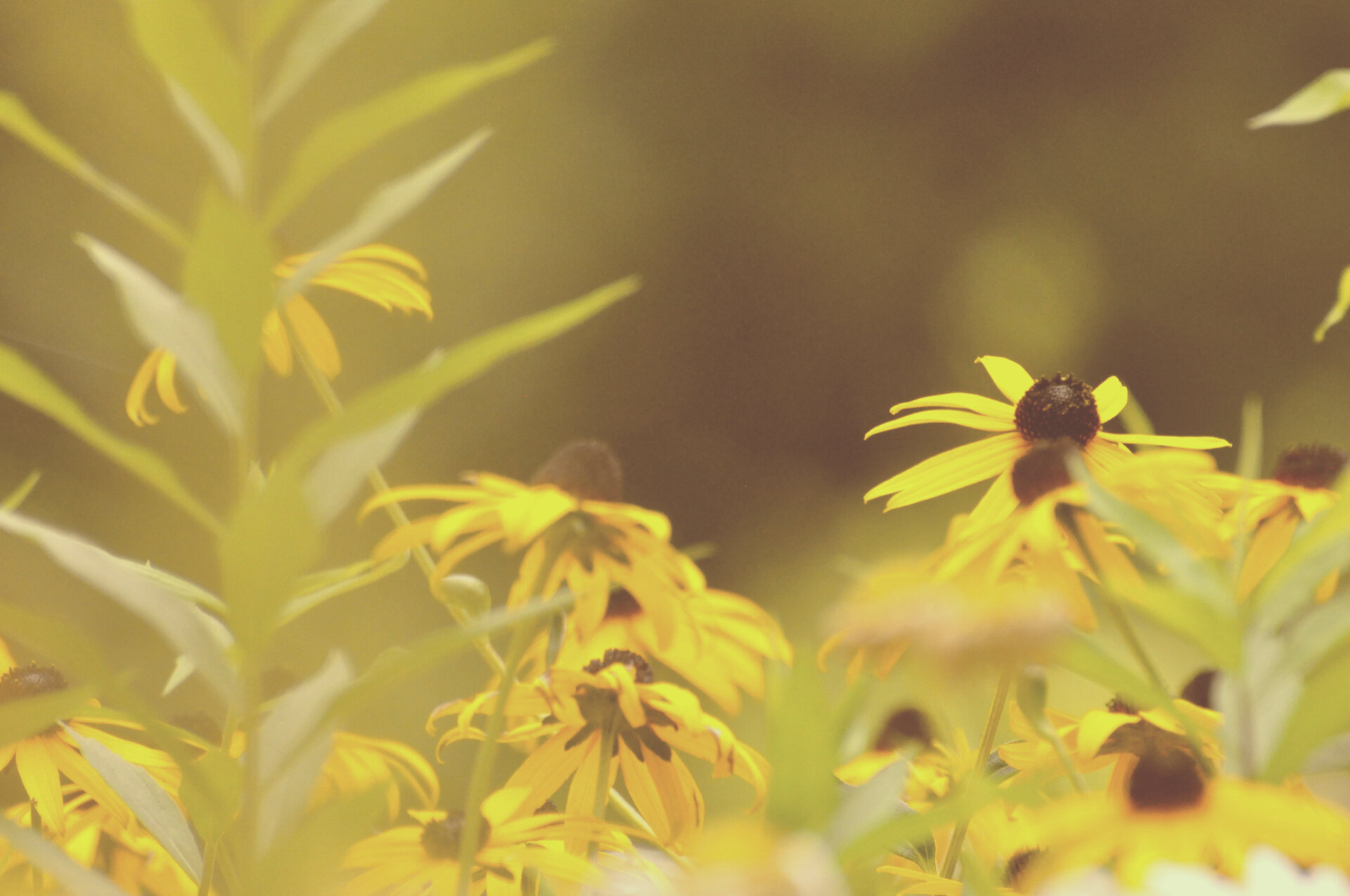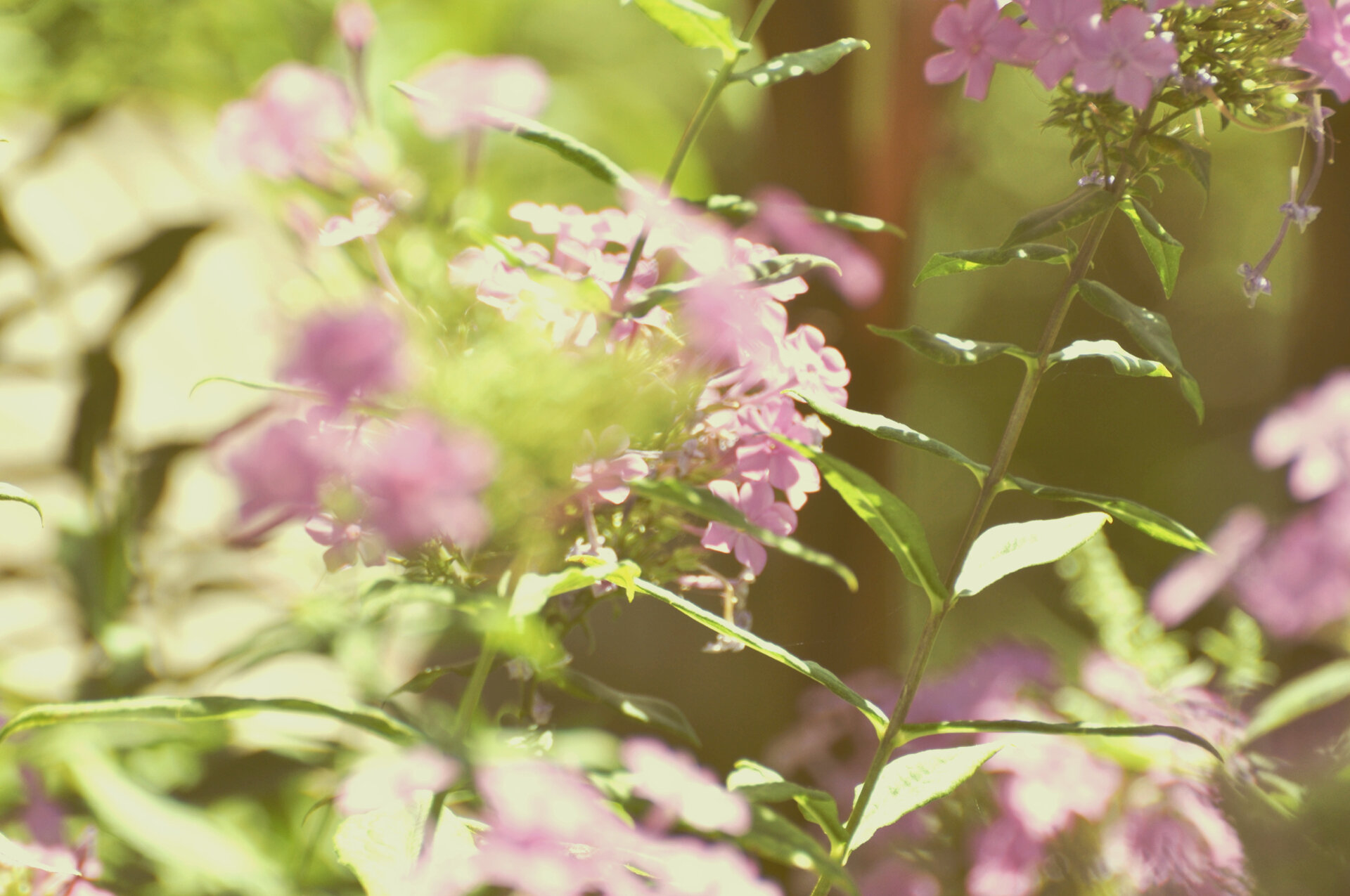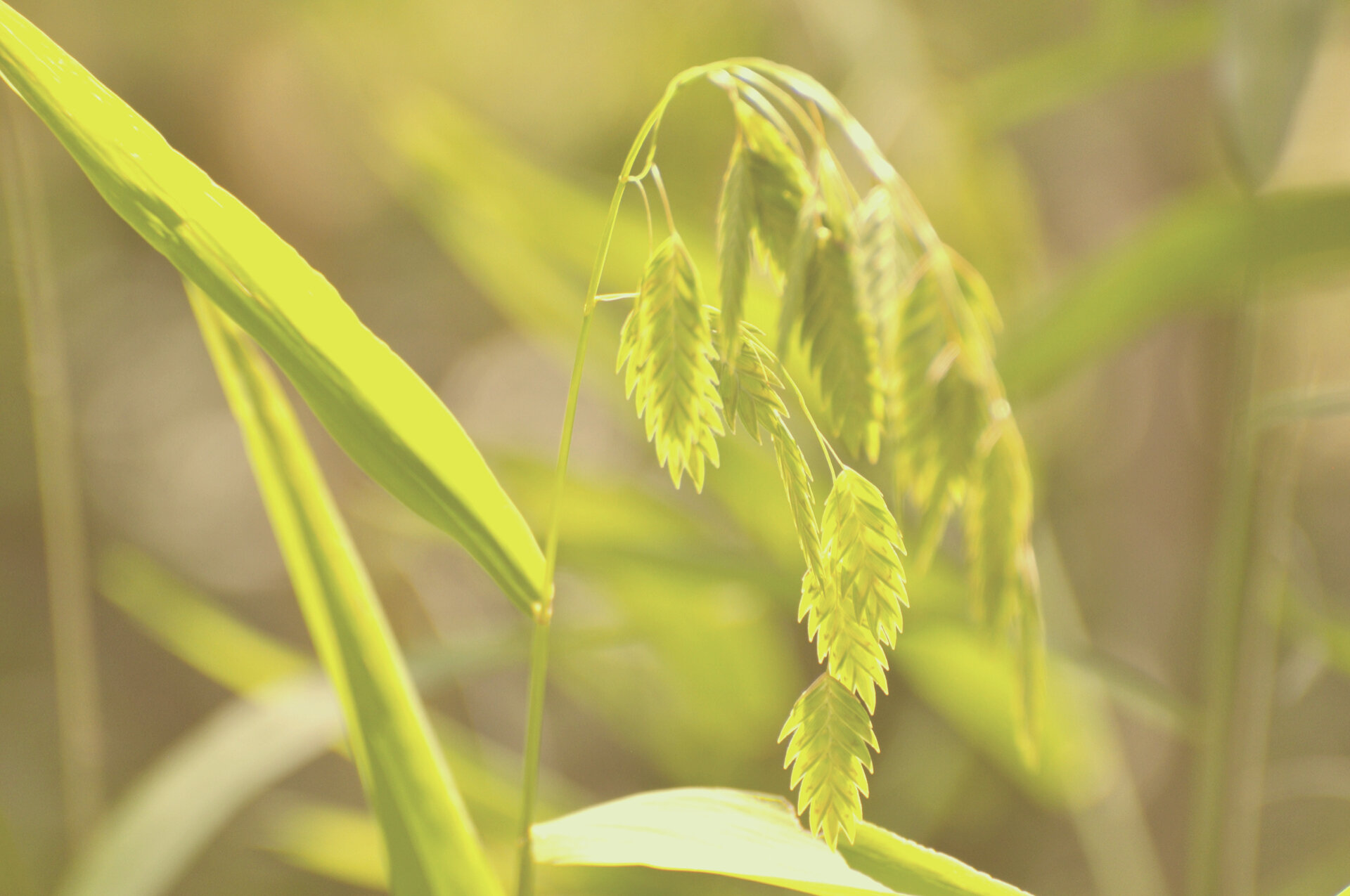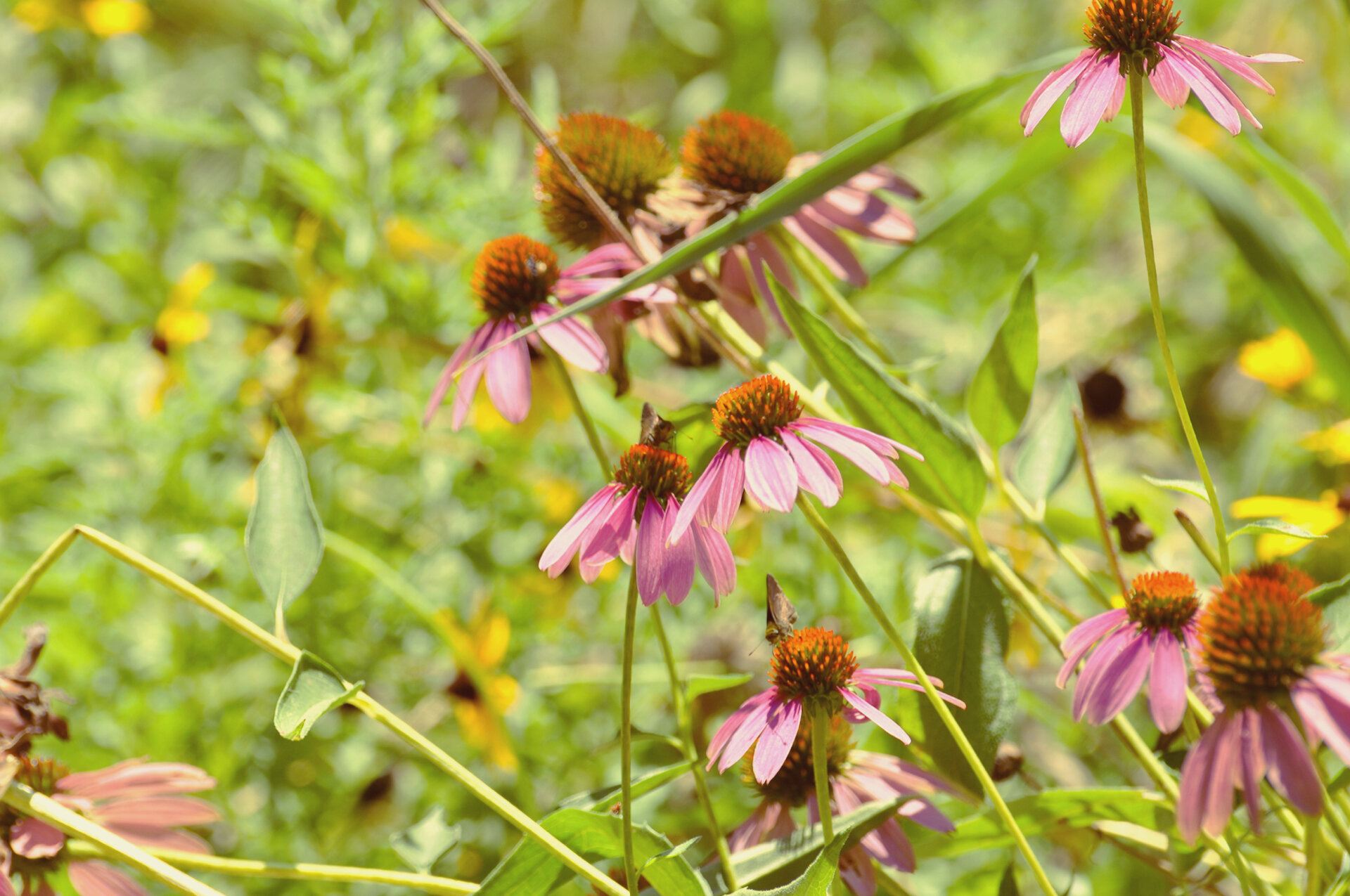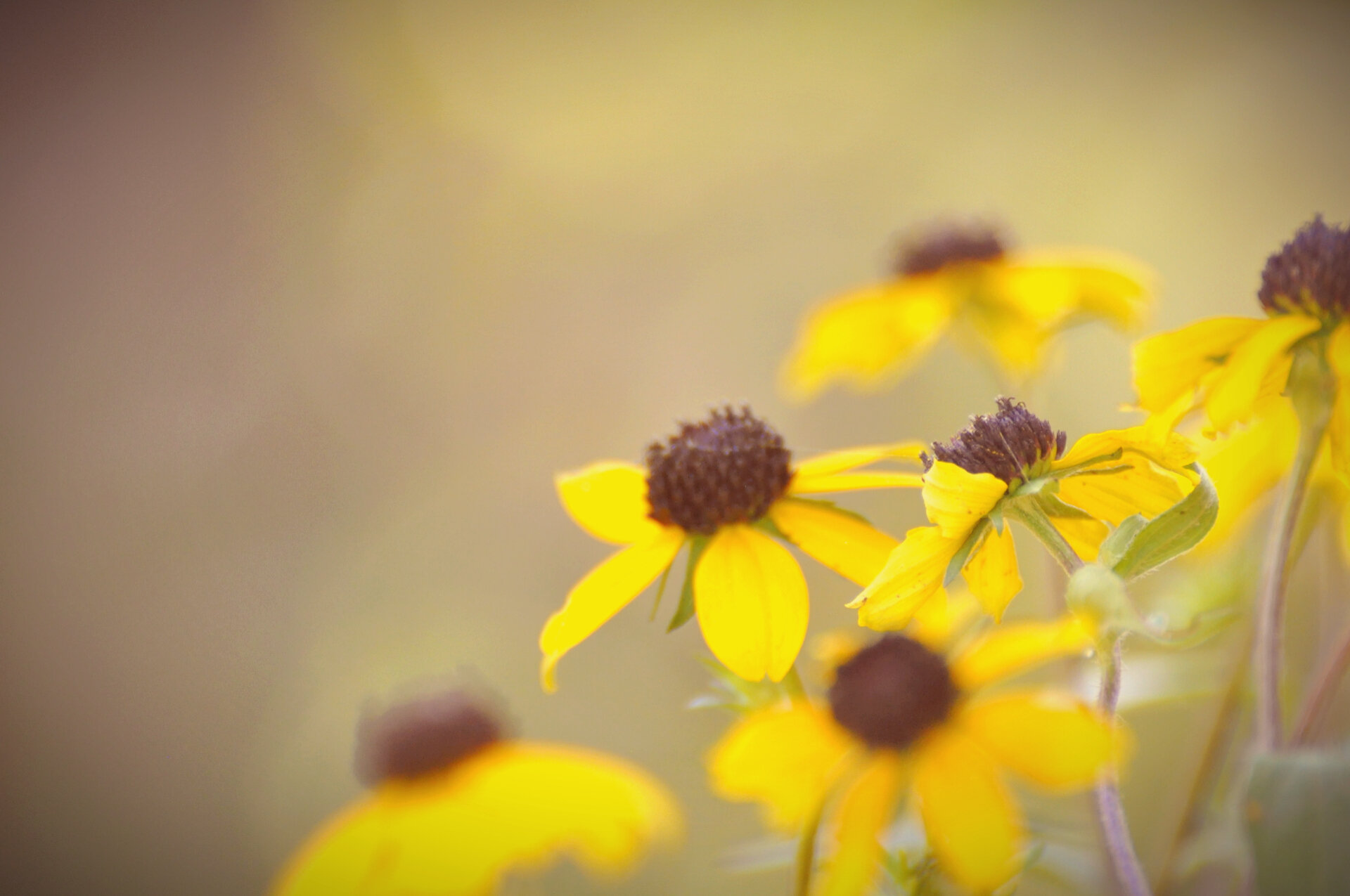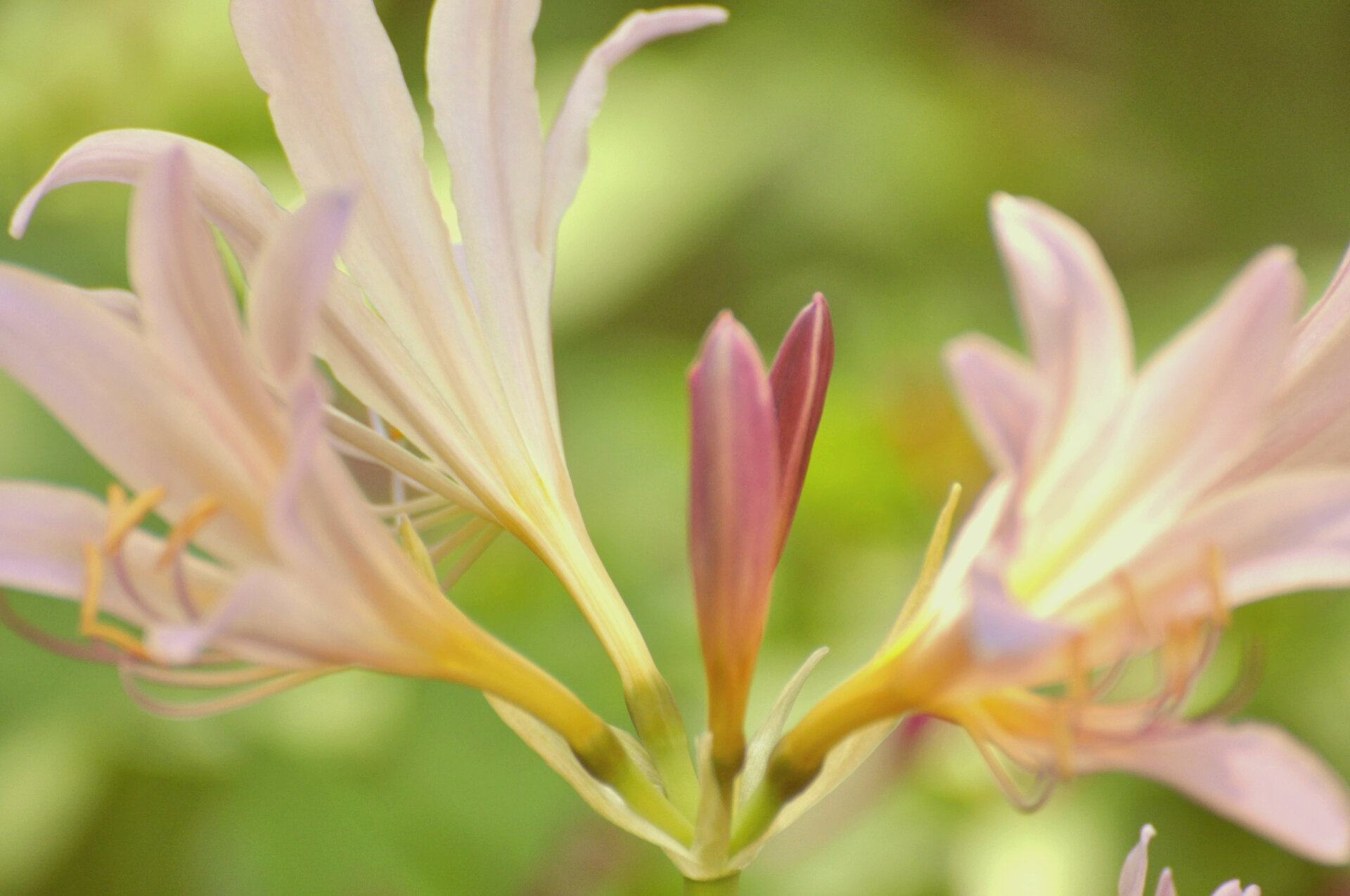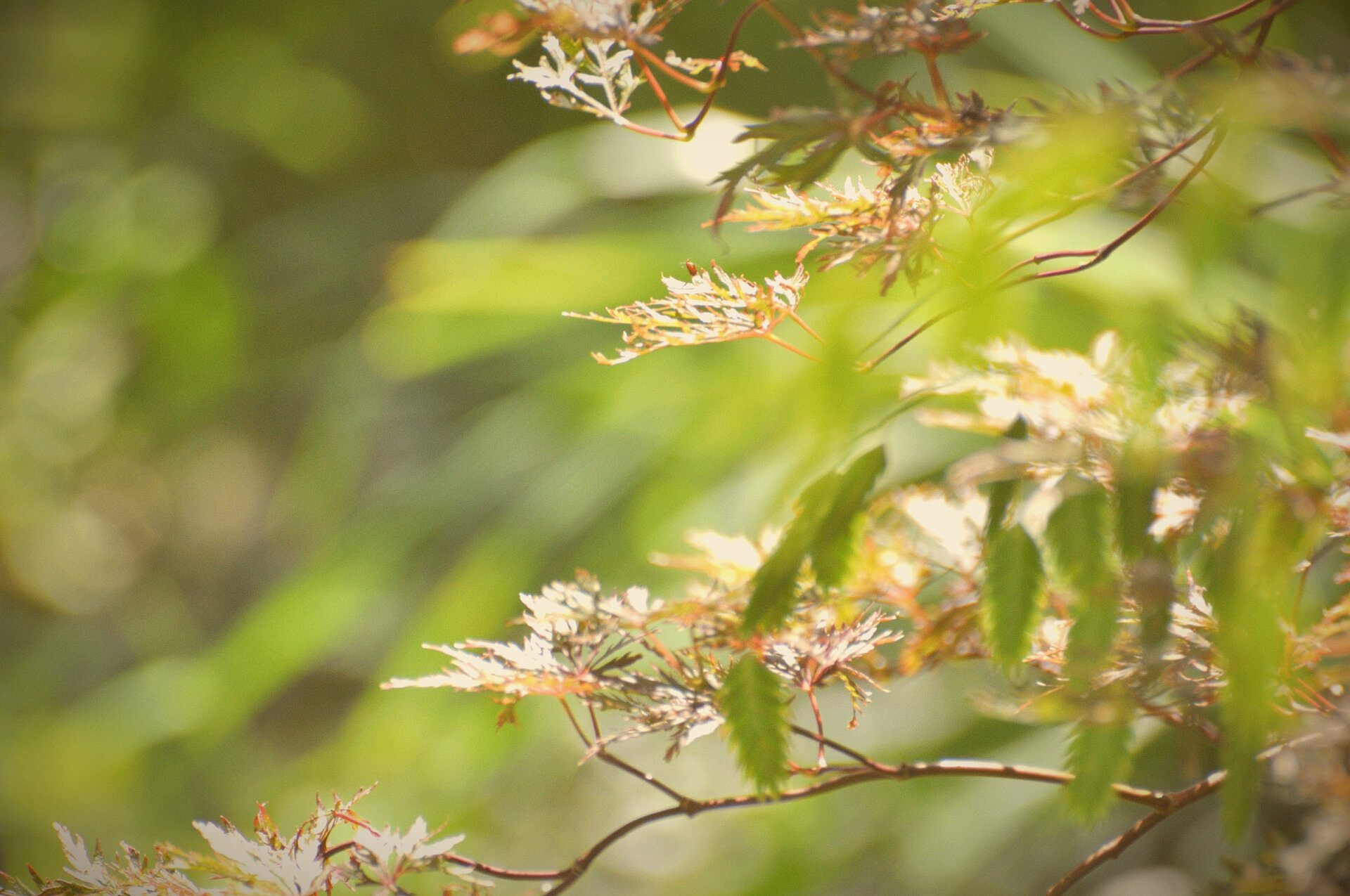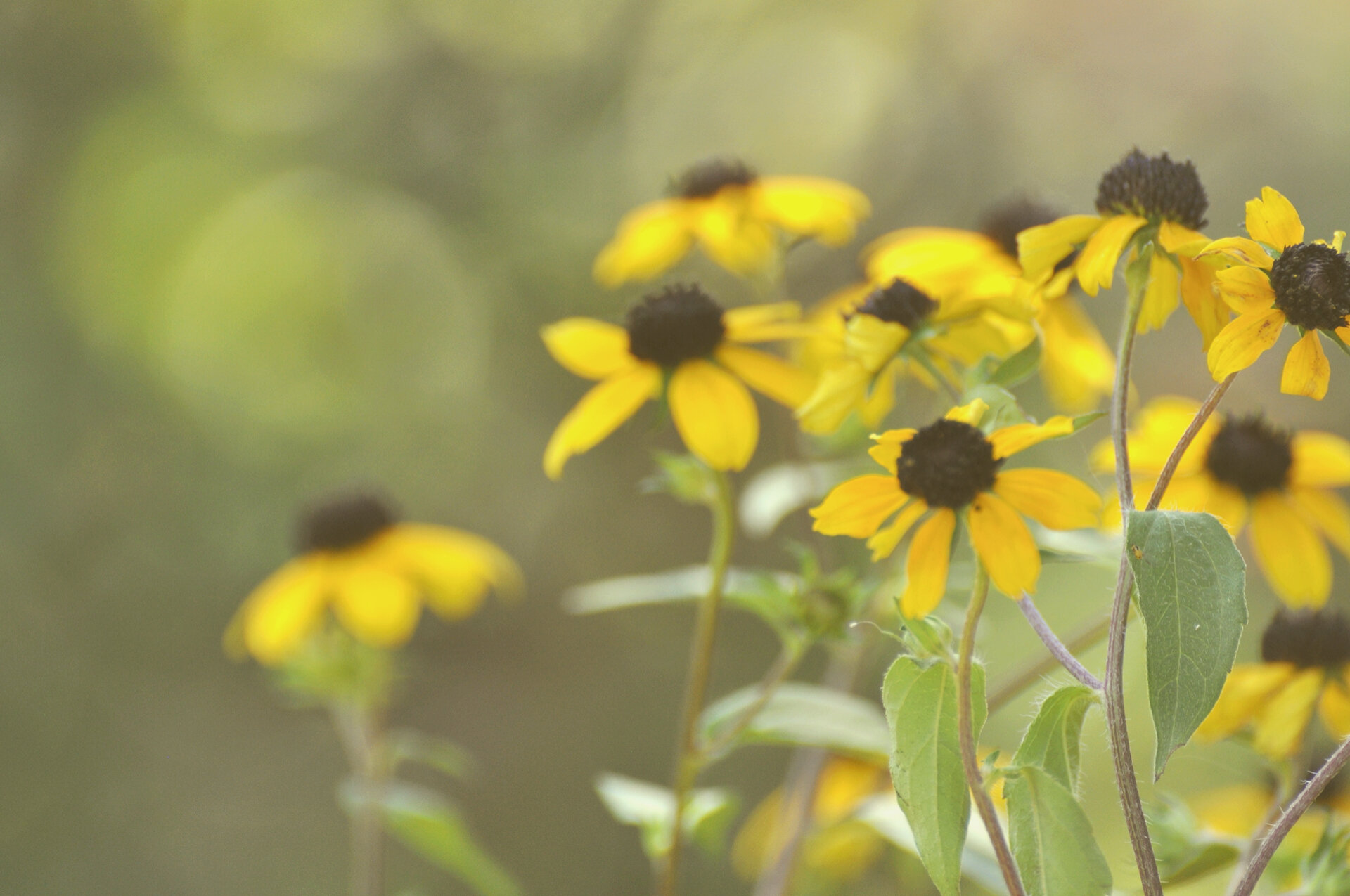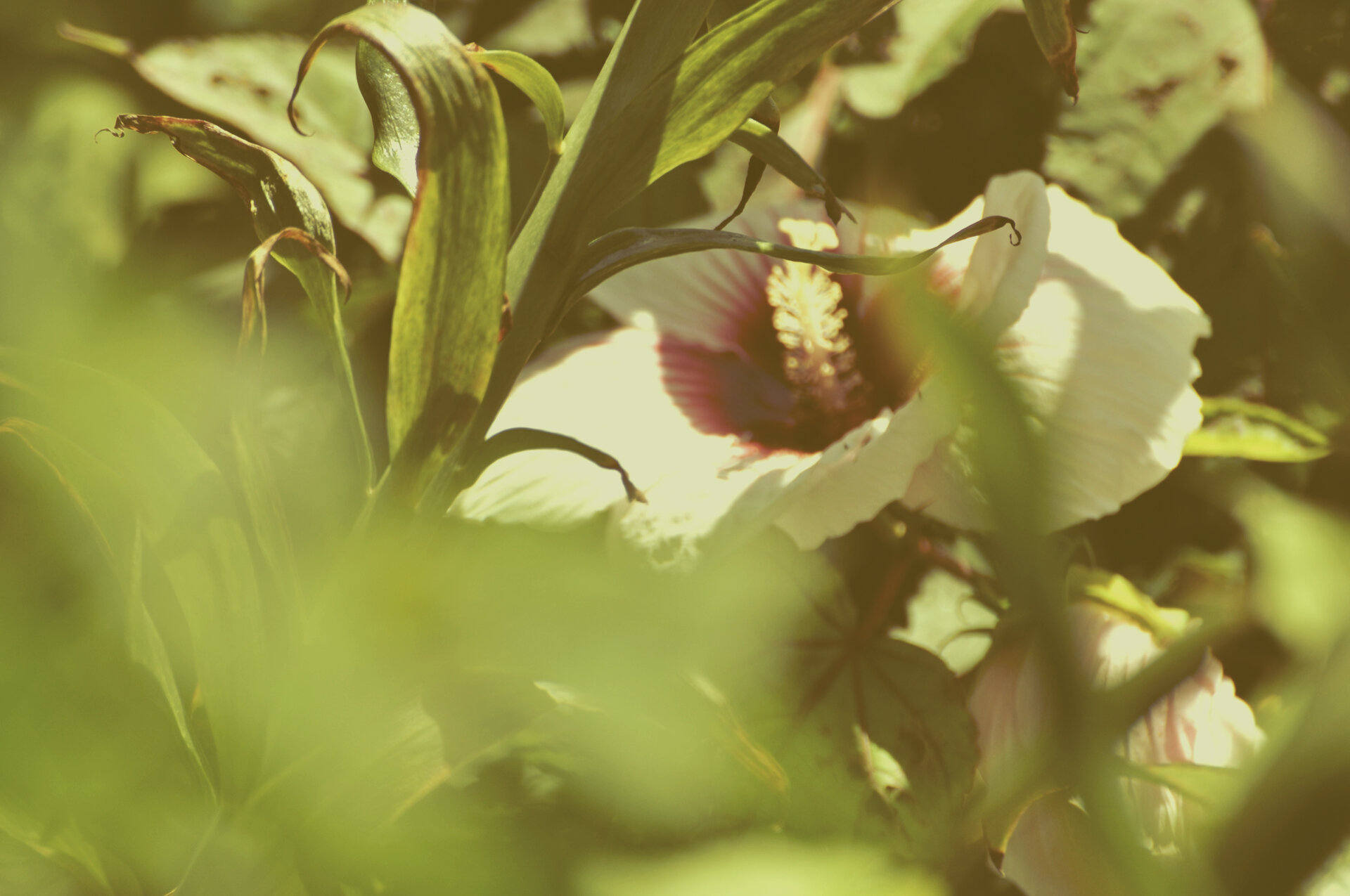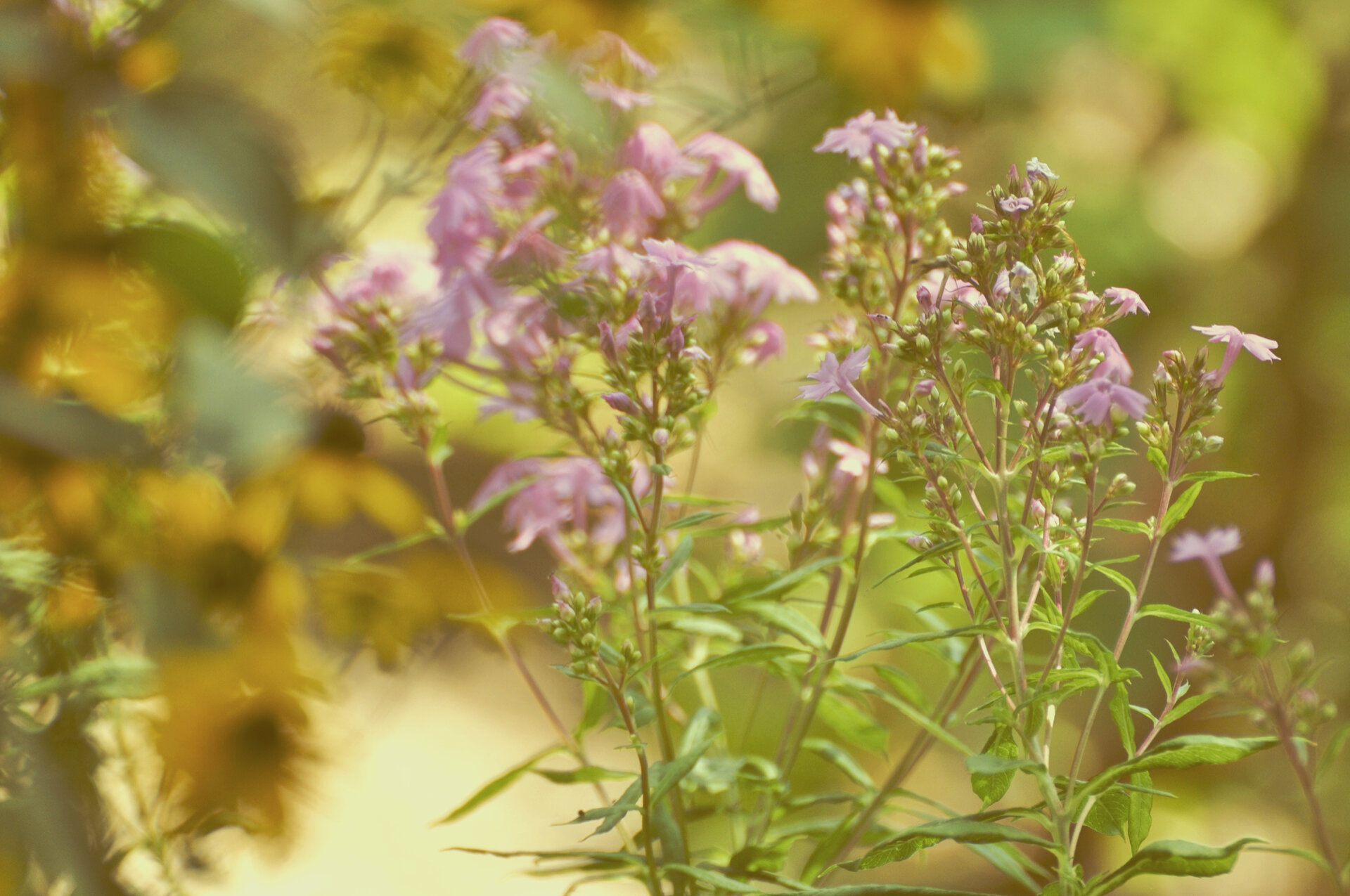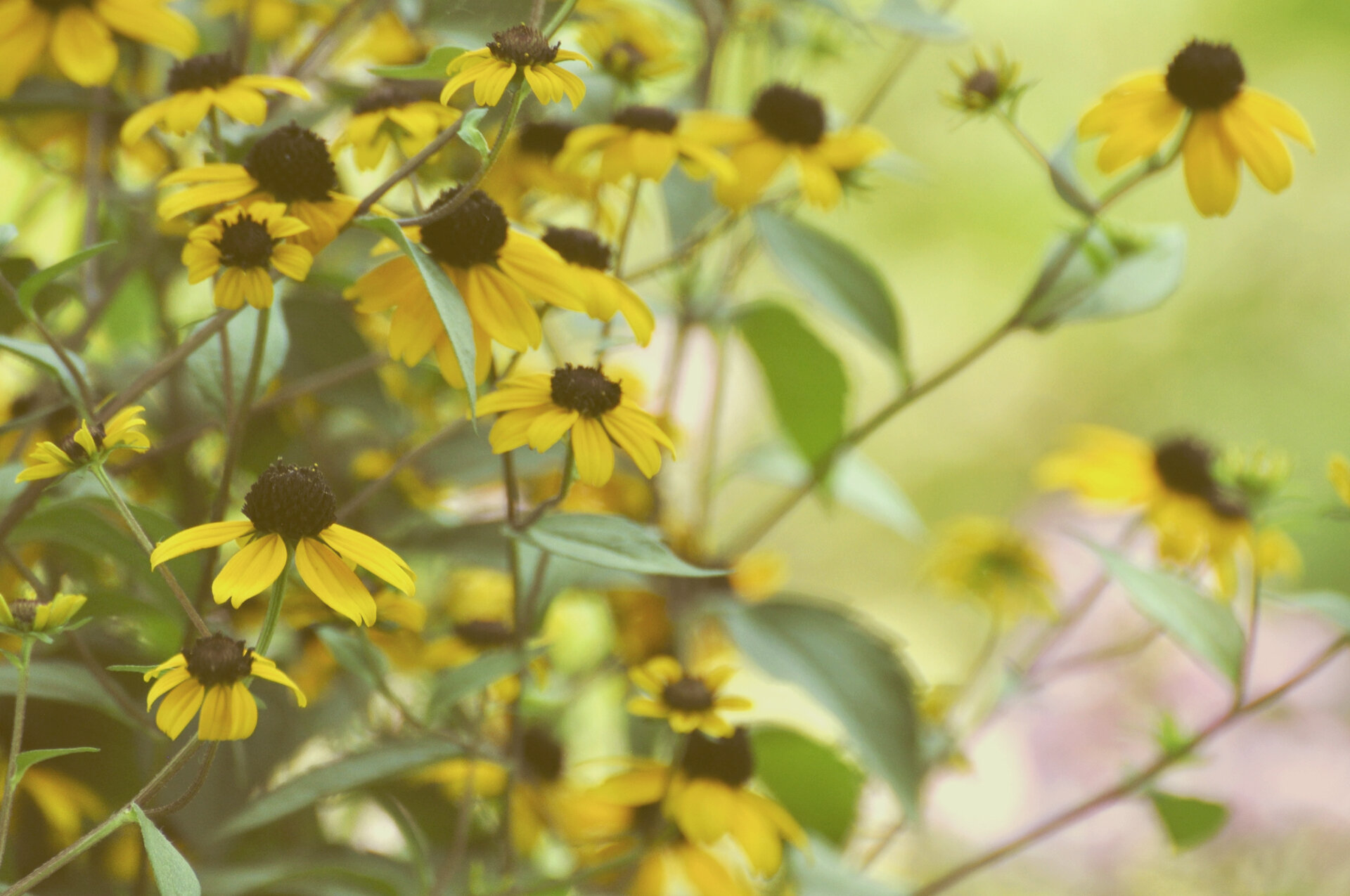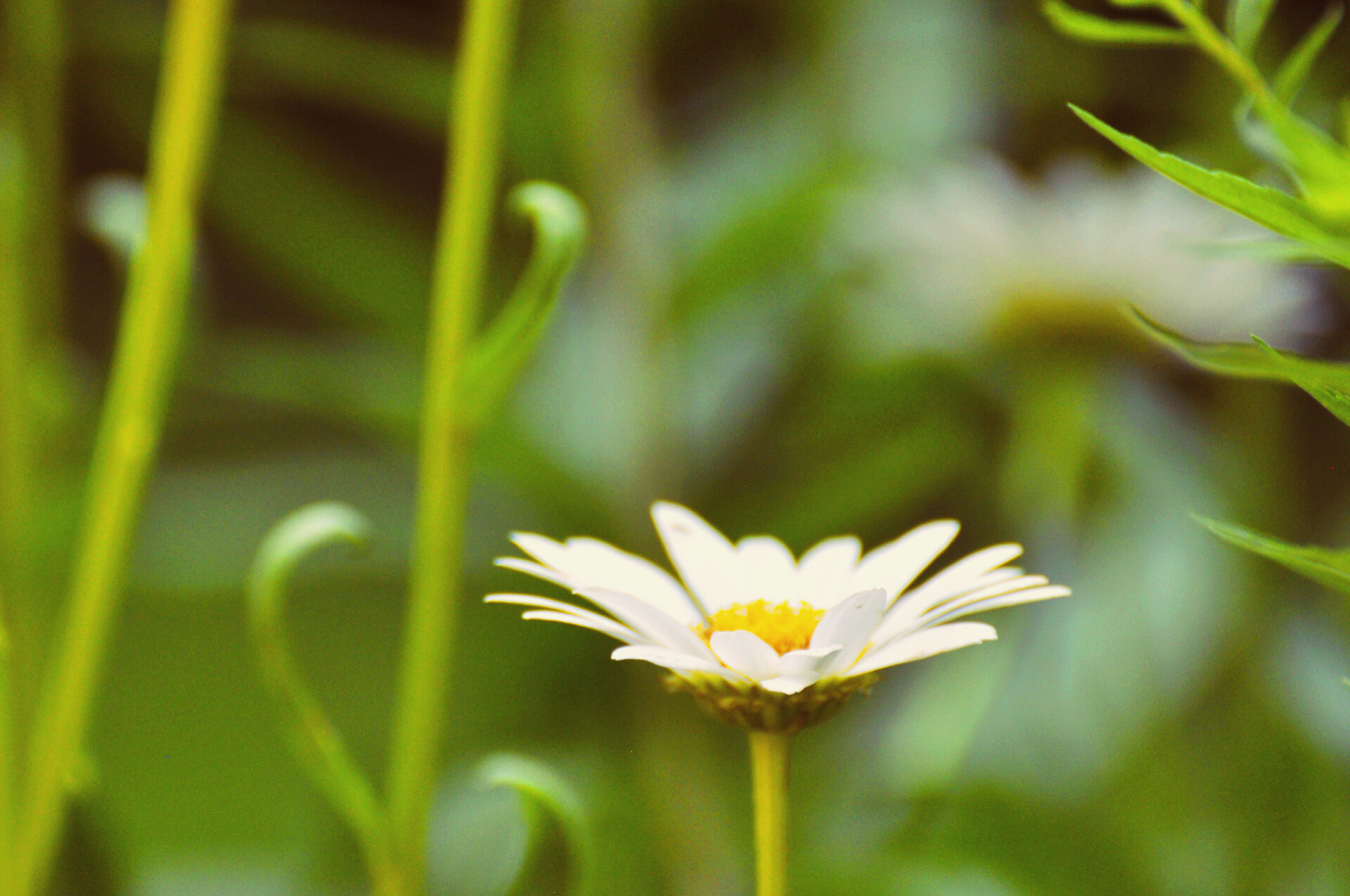Between the Blossoms
We tiptoe through the lush, green clover and show caution when we move in close to inhale the fragrant lilac bloom, ever aware of its proximate hum.
We may even think of it as we drip its honey into our steaming tea or onto our freshly buttered toast.
It is, after all, the most important animal on our plant, with 70% of global agriculture relying on its skills of pollination. Albert Einstein famously said, “If the bees disappear, humans would have four years to live.”
Not only do they ensure our survival, they also demonstrate, by their very nature, how to thrive.
As with all aspects of the natural world, outside of humans, bees are constantly connected to and attuned with their truest nature. They aren’t envious of a mushroom’s mastery of decomposition or jealous of the way water is able to wear away rock. Watch a bee fly away, legs laden with pollen, content with the weight of the world’s survival on its back. There’s no time for comparison or competition; the bee innately recognizes and embraces its own unique strand in the Universe’s intricately woven web.
Some are born suited to be solitary fliers, while others live a life of collaboration, working together in communal harmony, each with an individual job to do to support the hive as a whole. These communal bees work together in the brilliant construction of the hive, modeling conscientiousness through conservation and collaboration, as not a millimeter of space is wasted, not a member of the hive is at rest.
Regardless of a bee’s natural preference of habitation, it will always find itself beckoned by the beauty and bounty of a flower; the unfurling of its petals and the unveiling of its nectar, enticing the bee so as to ensure its own survival and ours.
For the bees, it’s not enough to pursue just the daisies or only the lilies; variety is the sweet nectar of life. And so we travel between the blossoms for a bee’s-eye view of its perennial paradise.
All photos also by Megan Hartford



